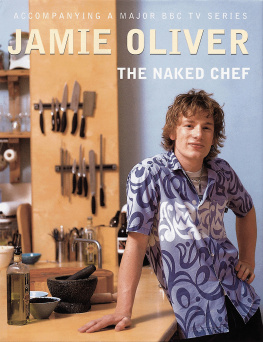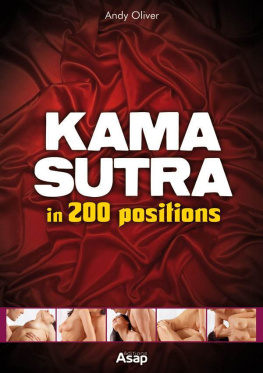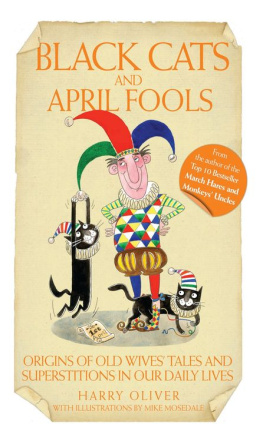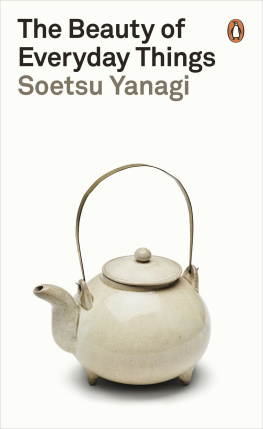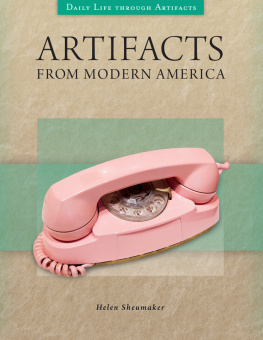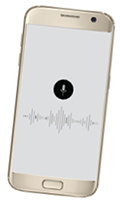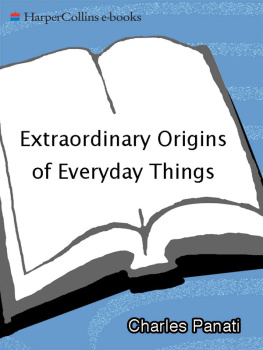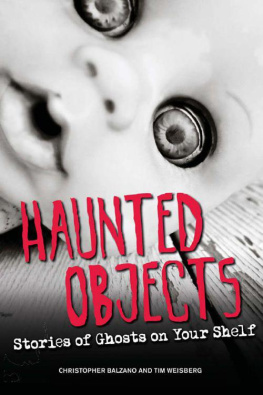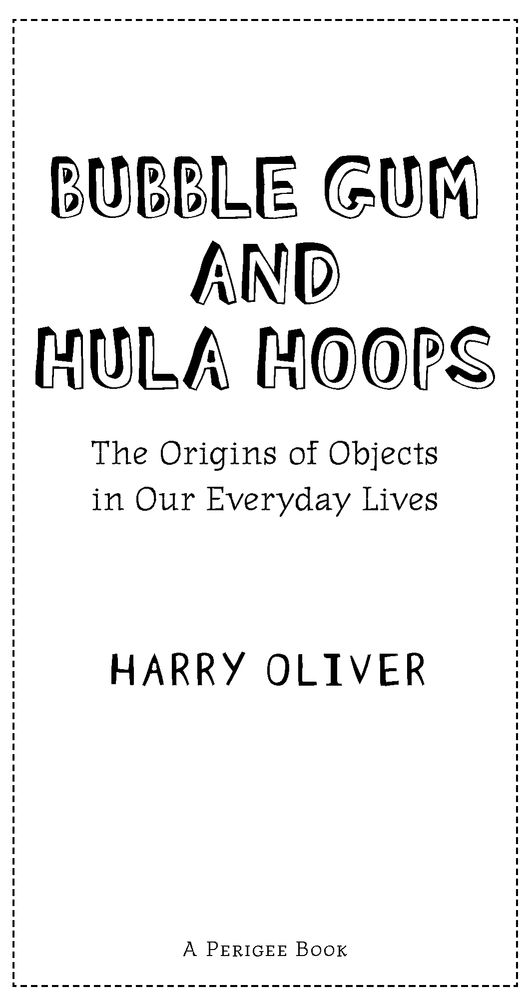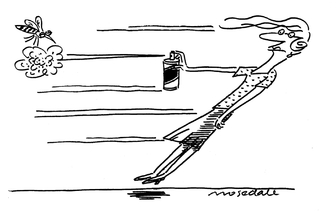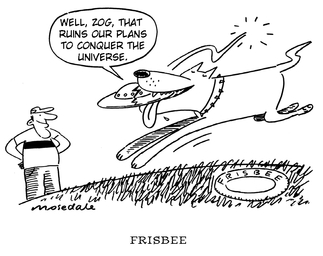Table of Contents
For Joey
ACKNOWLEDGMENTS
My first thanks are to my wife, Joanna Kennedy, whose patient, dedicated help with researching this book was another exhibition of her selfless kindness. Your ideas, Excel spread-sheets and nice coffees were just magic. Also to Ann Wilson, for your encouragement and for giving us a wonderful place to live (and work). Well be seeing more of each other now, I hope!
Also to Liz Kennedy, for your house, your biscuits and for being great company while I was writing in Farndale at Dave Earnshaws cottage. What a wonderful place to be productivethanks, Dave. And to Bernard Kennedy, for allowing me to take over his office, which no doubt deprived him of valuable online-flight-booking time. Bigger thanks for that pint of Tetley, Mr. Kennedy.
Adam Parfitt still agrees to take the time out of his busy writers life to edit what I come up with, and I cant think of a nicer man for the job. Thanks, Ad.
Finally to Mike Mosedale, for the ever-wonderful illustrations.
INTRODUCTION
Take a look around you and pick out any man-made object. Now consider the word man-made, how often we use it without thinking, and remind yourself that anything man-made is exactly thatmade by man (or woman, of course). In doing this, you have found the essence of this books focusthe amazing things man has come up with, and the why and how of the objects we so often take for granted.
We all know the phrase necessity is the mother of invention, and indeed it often is. But there are other forces that bring about great things. Sometimes it is the desire for money, for fame; sometimes it is the need to help; and sometimes huge creative leaps come about by pure chance, by accident. All of these factors, and more, crop up time and time again in this book, as do stories of the blood, sweat and tears of the inventors.
Many inventions seem indispensable; without them our lives would be more difficult by a long stretch. Others are luxuries that have enriched the way we live and communicate. Others we may not even be aware of. But each has its own unique history, and many of their life stories make for a great anecdote.
My principle aim in writing this book was to inform and at the same time entertain, and to try to avoid being tedious. When researching the innumerable inventions surrounding us, I was by turns amused, enthralled, surprised and sometimes overwhelmed by the sheer amount of information on the subjectHow on earth can I hope to cover everything? was a question that popped up more than once!
The only answer to this crushing conundrum was to be selectiveof course I would try to include the common objects a reader may (quite rightly) expect to find an explanation for, but I would not be ruled by this aim. Naturally objects such as the television, the telephone and the wheel are included, but there are also many quirkier entries, for I found that it was often the seemingly less significant inventions that had the most diverting tales to tell. So, I have ended up with a book that covers a wide mix of objects, most important those whose development is interesting and memorable. To anyone disappointed by any omissions, I can only apologize!
One might think who invented what should be a fairly cut and dried matter, and often it is. Frequently though, the precise origin of something is shrouded in myth or controversy, or is so old as to be ambiguous to say the least. Often, it comes down to arguments over who got there first, or indeed which inventor got to the patent office before another! In these cases I have tried to arrive at a story that conforms to the general consensus on the matter.
The things that surround us can sometimes seem mundane and a little too familiar. But writing this book, and learning of the human endeavor and drama that lies beneath even the tawdriest of objects, has brought so many of them to life for me. In the process it has enriched my experience of the modern world. I only hope reading it will do the same for you. Have fun!
LEISURE AND FUN
Barbie Doll
Whether or not Barbie and Ken represent realistic or appropriate role models for todays increasingly overweight, inactive boys and girls is debatable, but the answer to whether or not kids like them is found in their enduring popularityover a billion sales to date. The dolls were named after the son (Ken) and daughter (Barbara) of the cofounders of the toy and game company Mattel, Elliot and Ruth Handler. They teamed up with Harold Mattson in order to expand on their picture-framing company in 1945 and start a sideline in toys. Observing that her children preferred playing with adult dolls, and that the only adult dolls around were one-dimensional cardboard figures, Ruth came up with the idea of a more fully realized adult doll. Though rejected at first by the board, Mattel eventually came around to the idea when she pointed out the success of a similar idea in Germany. In 1959, Barbie dolls went on sale, the first one sporting a black-and-white zebra-striped swimsuit and signature topknot pony-tail, and they were made available as either blondes or brunettes. She sold over 300,000 in the first year of production, and two years later Ken showed up. First marketed as a teenage fashion model, Barbies appearance has changed many times, most notably in 1971 when the dolls eyes were changed to look forward instead of sideways. Barbie has 38 petsincluding cats and dogs, horses, a panda, a lion cub and a zebraand she holds a pilots license to boot!
Chess
There is much debate about the precise origins of chess. Most people agree, however, that it evolved from the ancient Indian war game Chaturanga, a sixth-century Sanskrit word meaning four parts. Indeed, that the Portuguese, Arabic, Persian, Greek and Spanish terms for chess all derive from Chaturanga makes a strong case that India is where chess was born. Not that the original game much resembles that of today. Originally conceived for four players and involving dice, it was based on the ancient Indian army, with a king, a counselor, elephants, horses, chariots and infantry. Chess underwent many stages of transformation to become the game of skill that we recognize today. By the seventh century, the game had spread to Persia, and reached Western Europe via the Moorish invaders in the eighth century. From then the modern game became established.
Cigarettes
The first observations of smoking were made in 1492 by Rodrigo de Jerez while on Christopher Columbuss expedition to the Americas. To him, natives appeared to be drinking smoke from something shaped like a musket formed of paper. Rodrigo indulged in a puff or two of tobacco that had been wrapped in palm. However, when he returned to Spain he was imprisoned for having scared people with the smoke that poured from his nose and mouth! He served a seven-year sentence, and when he got out of jail, smoking pipes and cigars had become common in Spain.
Smoking arrived in Britain in the 1560s thanks to Sir John Hawkins and his cousin Sir Francis Drake, who famously introduced pipe smoking to Sir Walter Raleigh in 1585. But cigarettes akin to those people smoke today did not come about until much laterinvented in 1832 at the Battle of Acre during the Turkish-Egyptian war by an Egyptian soldier. The story goes that, to increase his firing rate, the gunner had taken to rolling gunpowder in paper tubes. When his tobacco pipe broke, he used the same paper to roll tobacco with, thus creating the first cigarette.



